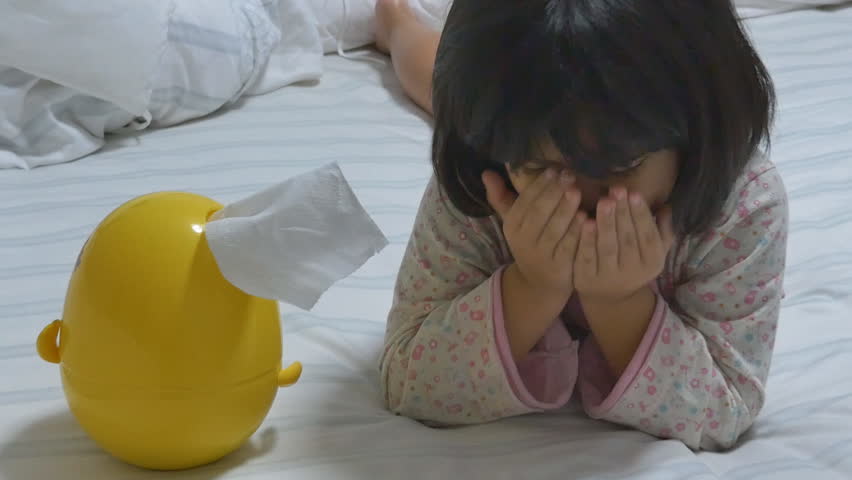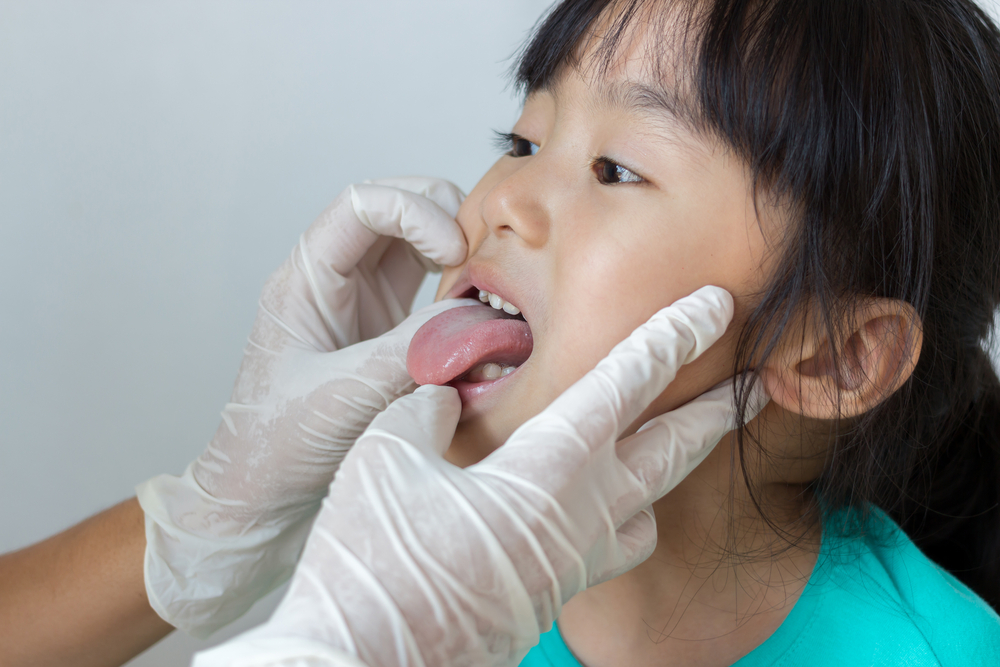Contents:
- Medical Video: Cetirizine or Zyrtec Medication Information (dosing, side effects, patient counseling)
- What is cetirizine?
- What is the use of cetirizine for children?
- Cetirizine dosage for children is:
Medical Video: Cetirizine or Zyrtec Medication Information (dosing, side effects, patient counseling)
Allergies usually appear in children. You as a parent may worry when the child suddenly itches, the skin becomes reddish, swollen, or other allergic symptoms appear. You may also not know what causes a child to become allergic. However, don't worry. You can treat it with cetirizine. Then, how to use cetirizine for children?
What is cetirizine?
Before discussing it further, it's better to know in advance what cetirizine is. Cetirizine is an antihistamine that can reduce natural histamine in the body by blocking or limiting histamine release by the body. Histamine is a chemical compound in the body that causes allergic symptoms, such as sneezing, itching, runny eyes, and runny nose. The body releases a lot of histamine as long as the child has allergies.
So, by taking cetirizine medication, symptoms of a child's allergy can be reduced. Not only for allergic symptoms, cetirizine can also be used to treat itching and swelling due to itching. Cetirizine is commonly used to treat allergic rhinitis and biduran or chilblains in children.
What is the use of cetirizine for children?
You can see how to use the drug in the packaging or according to the doctor's advice. Remember, consult with your doctor before giving cetirizine to children. Make sure the child takes cetirizine according to the dosage. No more or no less than the recommended dosage.The dose of cetirizine for children is different from the dose for adults.
Cetirizine dosage for children is:
Age 6 months to 2 years: 2.5 mg orally (1/2 teaspoon) once a day, if the child is more than 12 months old the dosage can be increased to 2.5 mg orally twice a day.
Age 2 to 6 years: 2.5 mg orally once a day and can be increased to 5 mg orally per day in one or two administration (divided doses).
Age of 6 years or more: 5-10 mg per day orally or chewed once per day.
Children can take cetirizine before or after eating. If the child takes cetirizine in liquid form (orally), make sure you give it in the appropriate measuring spoon. So, the dose is not excessive or lacking. Liquid form of cetirizine is available as syrup or drops. We recommend that you read the rules of use before giving drugs to children.
If the child takes cetirizine in tablet form, the child must chew the cetirizine tablet first before swallowing it. Relax, the taste is not bitter like most drugs. You can give this understanding to children. If you forget to give your child cetirizine at the time it should, you should skip it. Give the child cetirizine at a later time, but don't overdo the dose.
After receiving cetirizine, a child's allergy symptoms may improve. However, if the allergy symptoms don't improve after 3 days of treatment and actually get worse, you should immediately take the child to the doctor. Cetirizine cannot treat serious allergic reactions, such as anaphylaxis.












